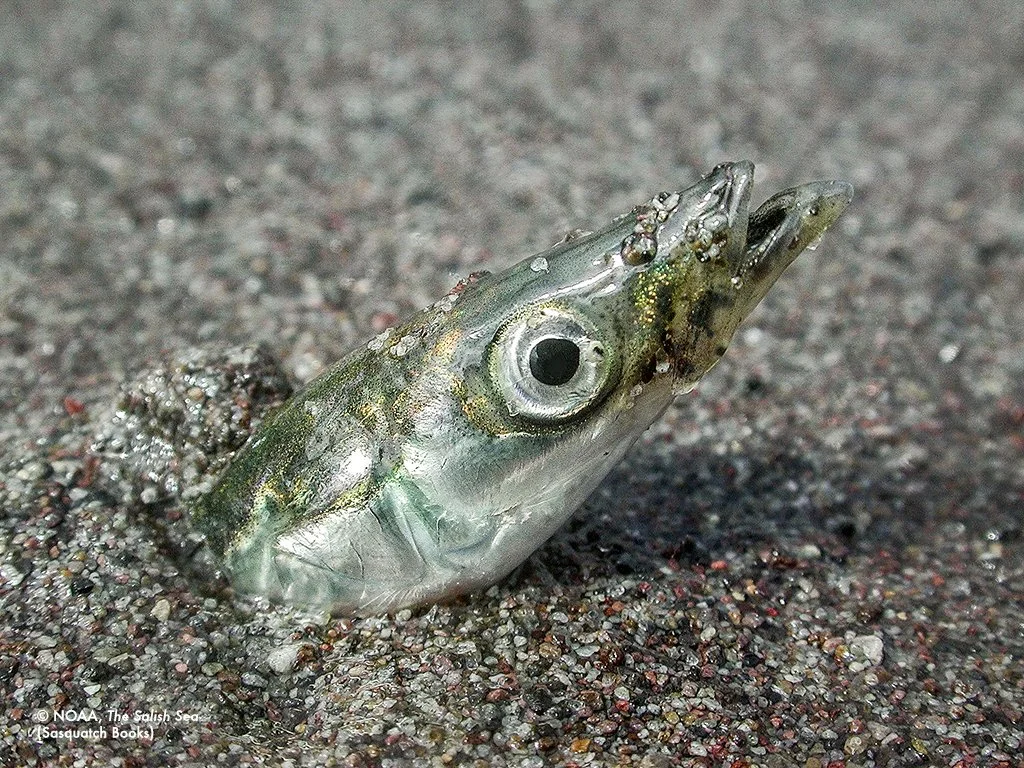We’re so excited to introduce our newest Research Assistant, Catherine Lo!
Cat’s predecessor, Sarah Teman, started her PhD program at the University of Washington this fall and we can’t wait to watch her bright future unfold! Like Sarah, Cat will work alongside Joe Gaydos on all things science and research here at SeaDoc Society. She joins us on Orcas Island this fall and has hit the ground running!
“Cat comes to SeaDoc with strong research skills and experience in data collection, data analysis, project management, scientific writing, and field work,” said SeaDoc Science Director Joe Gaydos. “Plus she loves the ocean and is a delightful person to work with. What’s not to like about that?”





